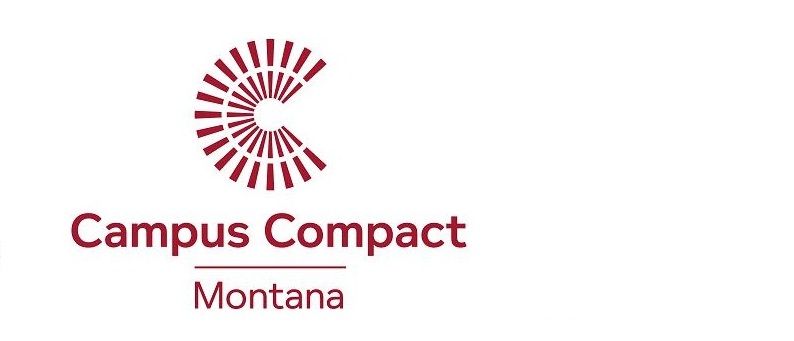
Earlier this
year MTCC VISTAs Kaitlyn McCoy’s and my own service site, Fort Peck Community College
(FPCC) was awarded the American Indian
College Fund (AICF) Native
Pathways to College Bridge Program Grant -
$100,000 distributed over the course of two years. The grant aims to increase
American Indian and Alaska Native high school students’ college readiness. FPCC
delivers the ACIF Bridge Curriculum Guide throughout the year in: academic
classes during a summer academy, culturally focused camping trips, college
admissions knowledge, first-year college experience classes, a book club, and college campus visits.
The most
essential element of all program planning is the link between grant funded
curriculum and community culture – the Bridge. Since the beginning of the grant
writing process Kaitlyn and I made efforts to continually consult with various community
members to guarantee the Bridge program would be relevant to students
affiliated with both the Nakoda (Assiniboine) and Dakota (Sioux) Tribes. Marty
Reum, FPCC Student Support Services Advocate, helped us immensely during our
logo design phase and historian and writer Dr. Joseph McGeshick planned and
facilitated our summer camp outs.
Kaitlyn has now
been joined with a new July 2017-18 term VISTA, Kaitlin Willbanks, and the two are
in the planning state for the Bridge college visits. The two are busy linking
cultural relevancy to all components of the trips including travel. The October
journey to and from University of Minnesota will reflect the historical Nakoda,
Dakota, and Lakota (Sioux) migration. The campus tours themselves will be led
by students or facility in the Native American Studies departments and engaged
in Native American student groups. All of this culturally contextualized
planning will introduce Fort Peck students to communities they can more
comfortably transition into if they decide to attend college further from home.
While applying
for, planning, and implementing Bridge, the program has been one of the most
consuming projects of both Kaitlyn and my own first service year it has not
always been a smooth process. Kaitlyn recently spoke to one of the weakness
she’s observing during this program implementation phase:
“One of the greatest needs
overlooked by Bridge programming is the at-risk student population. While the
summer academy and camp-outs reached a good number of enthusiastic youth from
across Fort Peck Reservation, there is still a large percentage being left
behind. There are plenty of students barely staying in school, so it is highly
unlikely they can take on the extra expectations of Bridge. At the same time we
know Bridge programming would be exponentially more beneficial to them.”
Kaitlyn hopes that
through more brainstorming both she and Kaitlin will figure out ways to decrease
the barriers of entry to this large percentage of at-risk students throughout
the year.
The Bridge grant
has really been a lesson in the foundational need to connect the context of a
people, and even personalities, into the building of programs. Last year I
learned, to serve a people one must first get to know them. Kaitlyn, Kaitlin,
and I have built formative relationships with Fort Peck high school, college
students, and community members that are the basis for Bridge successes. These
relationships are invaluable to our service, and it is our continued hope they
are similarly rewarding for Fork Peck communities.


